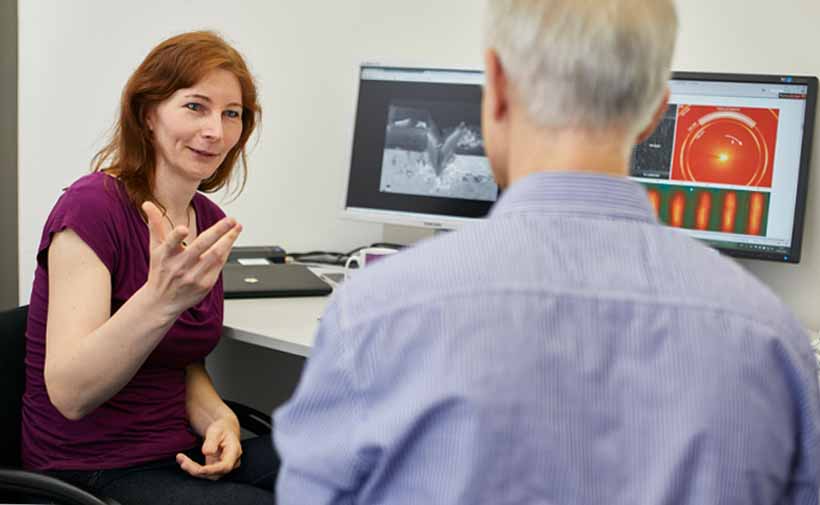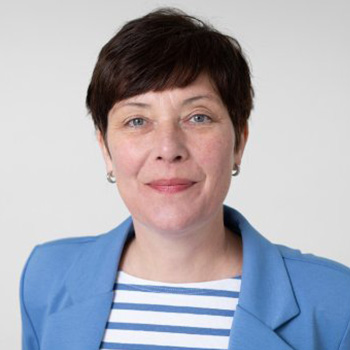
X-ray screening for materials
A cube of materials with continuously changing parameters – this kind of sample cannot yet be investigated experimentally. This will change with PETRA IV.
In science, the word “screening” refers to a systematic examination of a series of objects or people. So far, it has mainly been used in pharmaceutical research, where special robots are employed to examine thousands of candidate drugs simultaneously to see whether one of them has the desired effect, such as inhibiting an infection.
Thanks to its highly focused X-ray beam, PETRA IV could also make screening available in a different field of research: materials science.
Here, it is not unusual for scientists to face the following problem. They want to optimise a certain material, to make the tip of a drill head harder and more durable by applying a new type of coating, for example. However, this material comes in thousands and thousands of different variations, because even the smallest differences in the composition of the alloy or its crystal structure can have a marked impact on the properties of the material. “To analyse all these variants with X-rays, you would in principle have to produce thousands of samples,” explains Christina Krywka from the Helmholtz Centre Hereon. “That would be very time-consuming, and afterwards you’d also have to examine each of the many samples.”

A more efficient approach would be to produce a single sample that had different properties in different regions – each with a slightly different crystal structure and composition. Theoretically, such “multiple samples” can already be manufactured today by depositing different layers of atoms onto a substrate. This makes it possible to produce materials with parameters that vary continuously and in a controlled manner. The result might, for example, be a cube that has slightly different mechanical properties at every location.
“However, that kind of cube could scarcely be imaged using today’s X-ray sources,” explains Krywka. “Doing so requires an extremely fine beam of high-intensity X-rays that can be focused very precisely.” PETRA IV will provide such a beam – and could therefore offer materials science a visionary new method.

Heidrun Hillen
I am happy to answer your questions about PETRA IV.
Further research topics

Healthcare
How can diseases be better tackled?

New materials
How can we save resources?

Energy
How can we make more resilient materials?

New technologies
What do we need for the digital world of tomorrow?

Earth and the environment
How do we preserve our ecosystems?

Cultural heritage
How can we preserve our cultural treasures?

